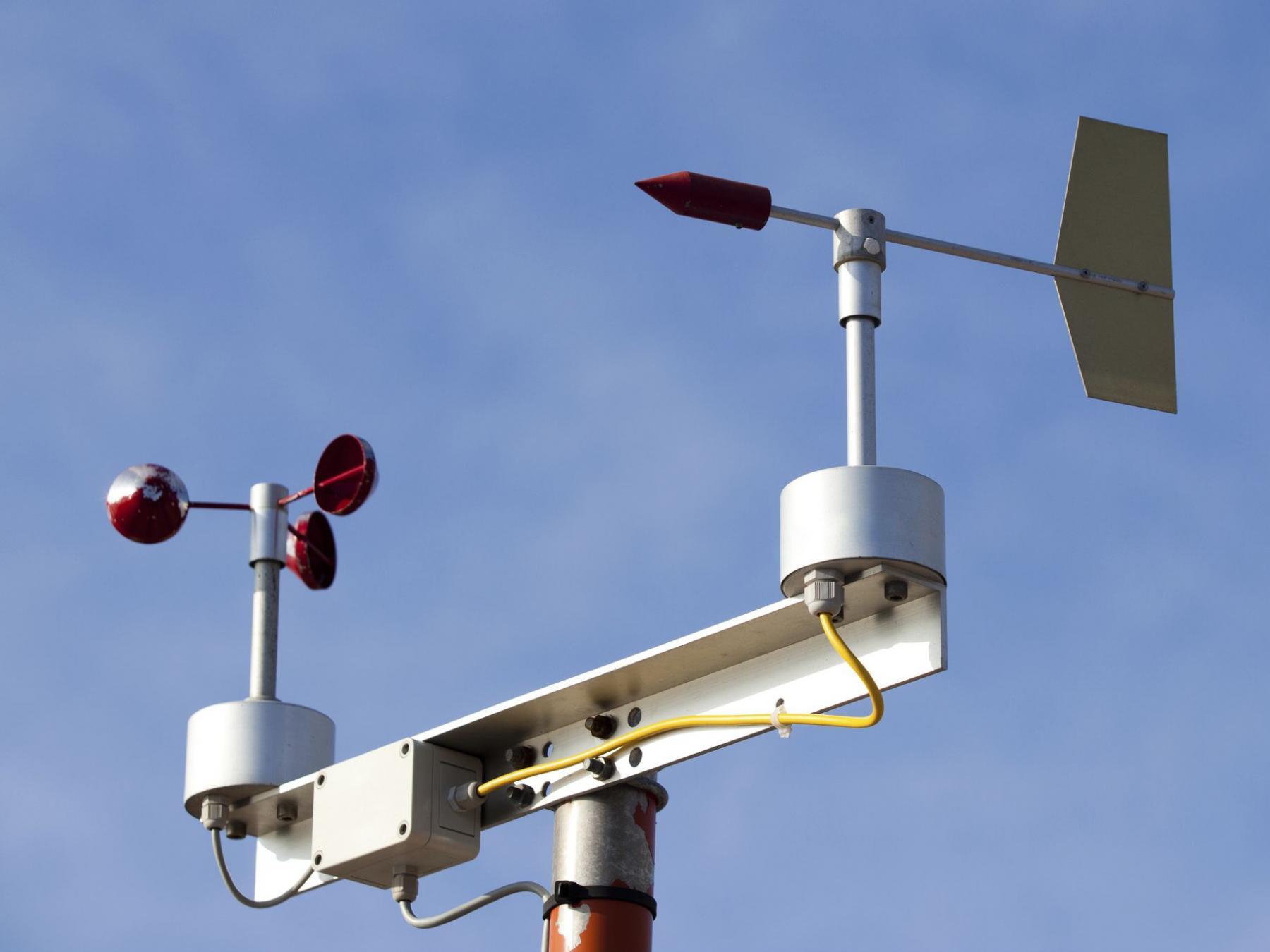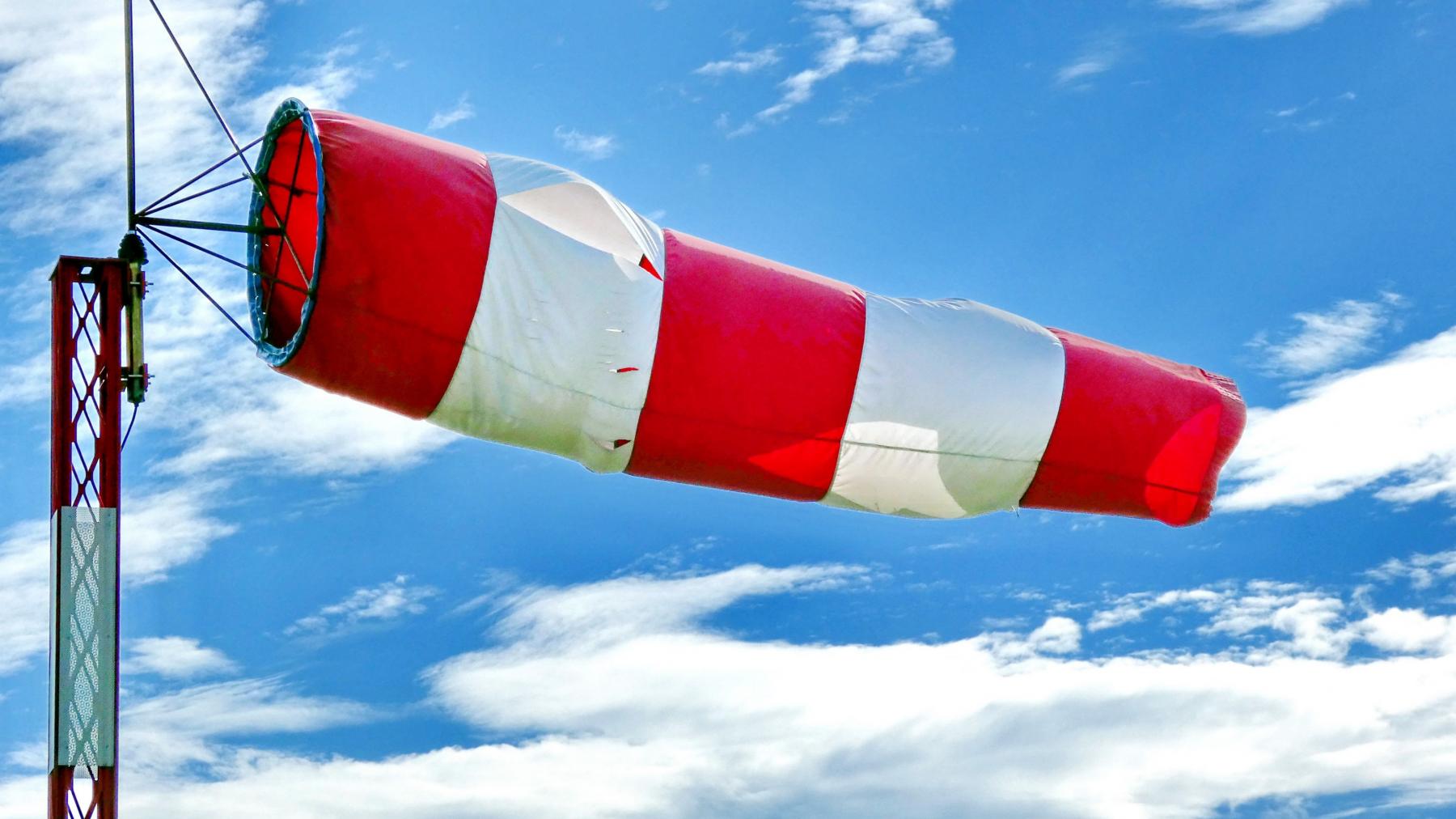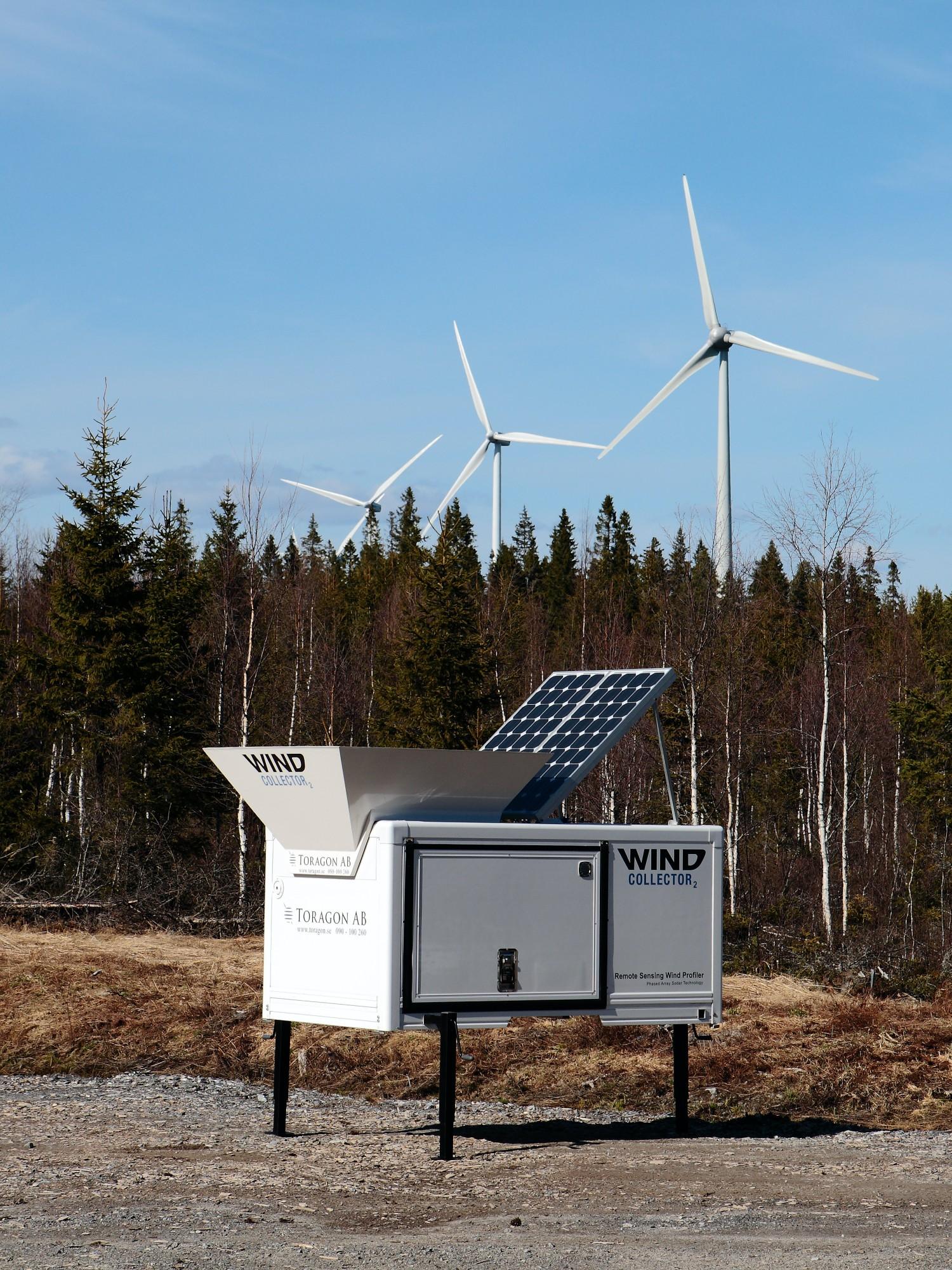
What are the wind measurement instruments and how they work
The wind forecast you see in the weather app or the website is just the tip of the iceberg. Figuratively speaking, it is followed by the larger central part — the weather model that makes the forecast, and the base — the meteorological data about wind. But where does that data come from?
We collect wind data with various instruments. You can call them gadgets or devices in a modern way. Anemometer is the most common of these tools. But there is more than one instrument for measuring wind, considering that this is probably the most diverse weather parameter.
In this article, let's understand what wind measurement instruments are and how they work, so you know what to use next time to measure the wind on your own.
Anemometer
Anemometer is a small tool that usually consists of a base and three cups that rotate on the spire. In the process, they capture and measure wind speed and direction. Such instruments are also called "cup anemometers". What is important to know about them is that they are usually set at an altitude of 10 meters (32 feet) above sea level, which is the optimal altitude for measuring the wind. So that the wind you see in the weather forecast is always measured at this height. In extreme weather conditions, such as on top of mountains, a sonic anemometer is usually used instead, which has no moving parts, so that they are not damaged.

Classical anemometer with a vertical pillar and three or four cups. Photo: Mayo5 / Getty Images
Wind meter or pocket anemometer
Wind meters or pocket anemometers are kinds of like pocket thermometers. You can use them to measure wind speed wherever you are. They look something like voice recorders, GPS, or any other portable device with a small screen and buttons. But, like large anemometers, they have a bowl or fan to collect wind data. They are used extensively by many sportsmen for whom knowing wind speed is important: kitesurfers, paragliders, and others.

Wind meter. Photo: Paradise KiteSurf Red Sea / Windy.app Community
Wind vane
Wind vane is an old tool for measuring wind direction. It looks like a windmill with a sail coming off it or as a construction of several rods crossed with each other. They can also have figures of people and animals, houses, flags, and different objects on them — anything. Some wind vanes are so interesting that they are works of art, and with the spread of more modern wind gauges, they have even become real rarities, adorning the collections of meteorology enthusiasts around the world.

Wind vane. Photo: Ginna Shernoville / Unsplash
Windsock
Windsock is another old tool for measuring wind direction. Yes, it literally looks like a sock that is filled with air. This is how we know the direction of the wind. They also help you visually understand wind speed: the stronger the windsock moves, the stronger the wind. For a better visibility, wind socks are usually painted white and red one by one and look something like lighthouses. Even with today's devices, windsocks are most often found in airports as an ineffably simple and visible tool for determining wind direction.

Windsock. Photo: Mark Konig / Unsplash
Wind profiler
Wind profiler helps us to measure the wind at every 1,000 meters (3,280 feet) above sea level, up to the extent of the troposphere between 8 and 17 kilometers (4.9 to 10.5 miles). The wind profilers use radar or sound waves (SODAR) to determine wind speed and direction. They may look like a nightstand but not always. Yes, we can rather classify this tool as big and complex than small and simple, but we list it here to collect all the wind measurement tools in one place.

Wind profiler. Photo: Wikipedia
Text: Ivan Kuznetsov, an outdoor journalist, editor and writer from the Dolomites, Italy, and Karelia, Finland, with 10 years of professional experience. His favorite sports are hiking, cycling and sauna. Read his other articles
Cover photo: John Bakator / Unsplash
You will also find useful
How to read wind direction. Even if it sounds too simple
Latest News
Professional Weather App
Get a detailed online 10 day weather forecast, live worldwide wind map and local weather reports from the most accurate weather models.
Compare spot conditions, ask locals in the app chat, discover meteo lessons, and share your experience in our Windy.app Community.
Be sure with Windy.app.



